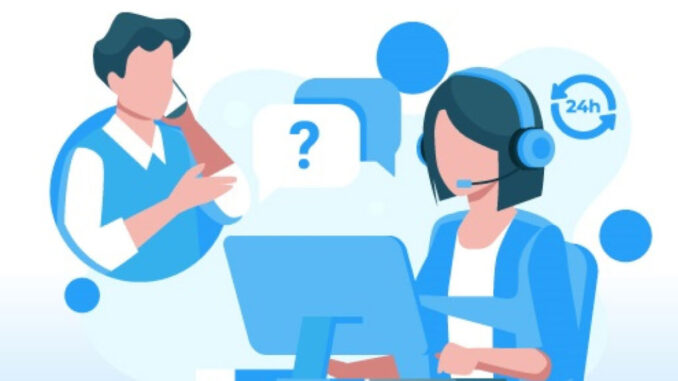
How would you like to have a team of Ph.D’s and Doctors with decades of experience consulting you on how to create the perfect product? What if you didn’t need to pay them?
What if instead of paying them, they pay you for your products and recommend them to others? Does this sound too good to be true? It isn’t if you know how to tap into your customers’ knowledge.
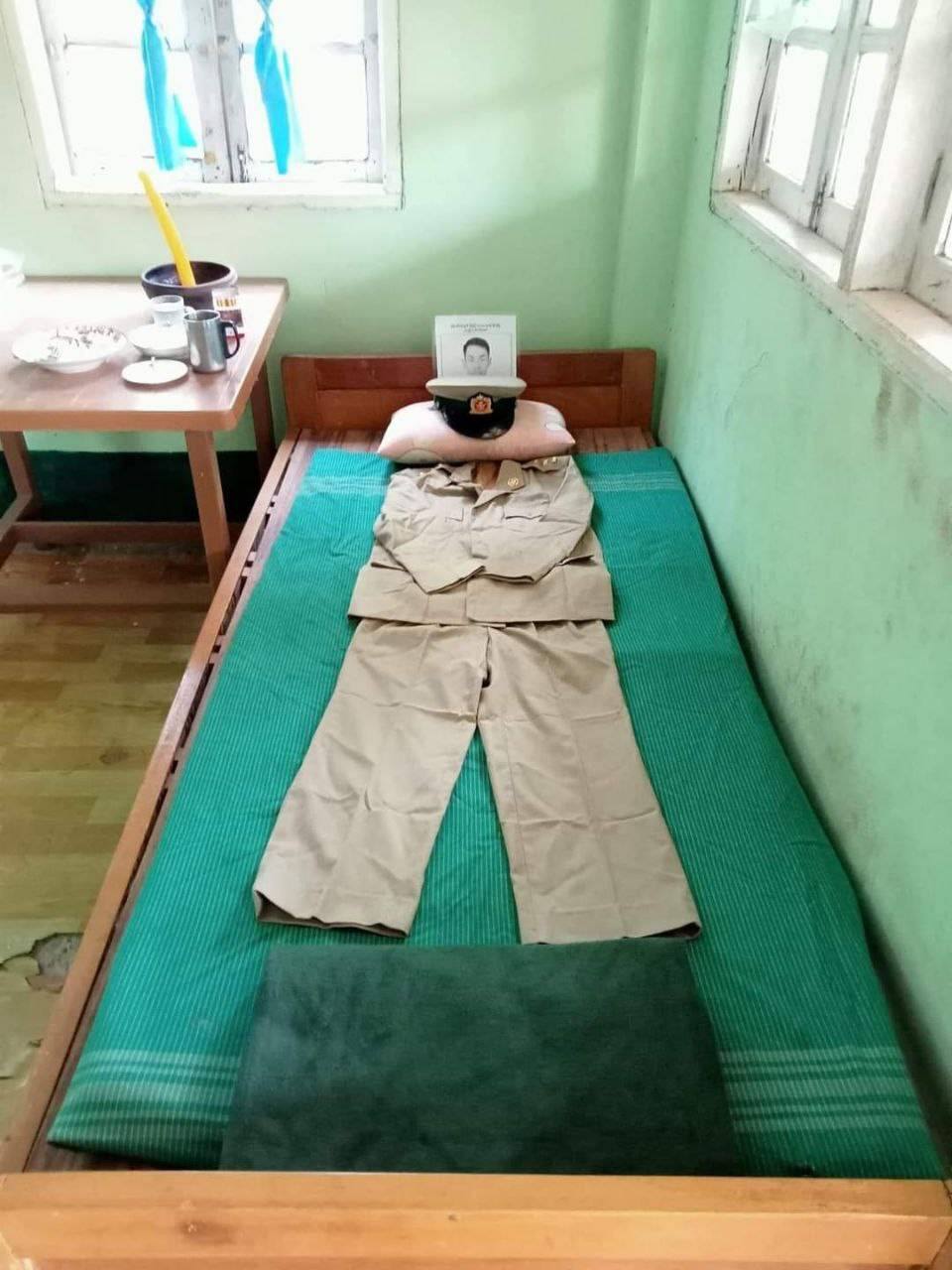



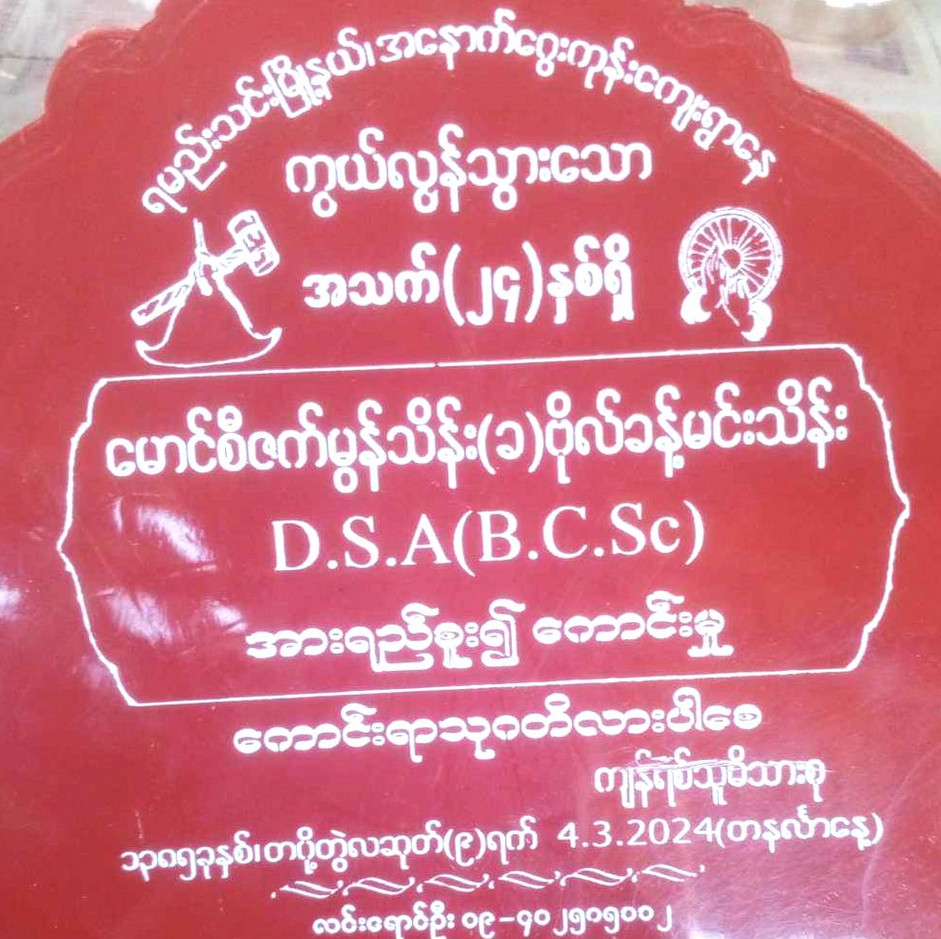
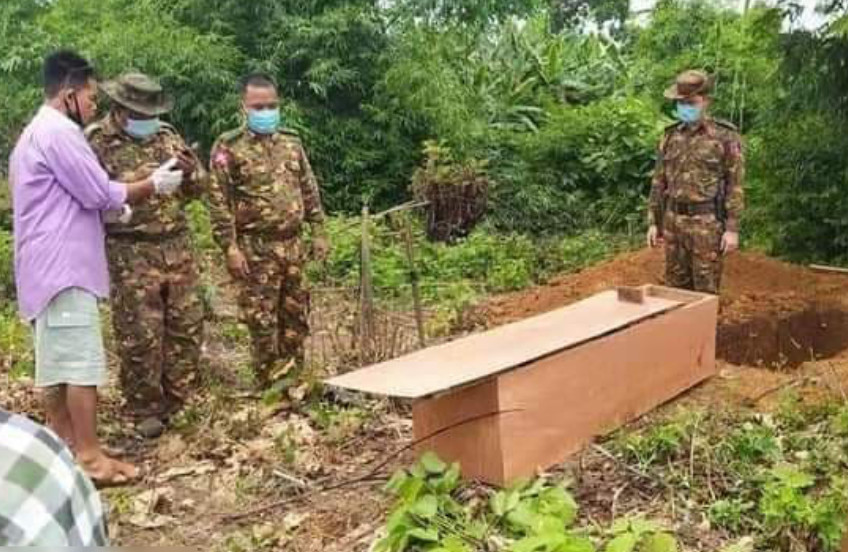
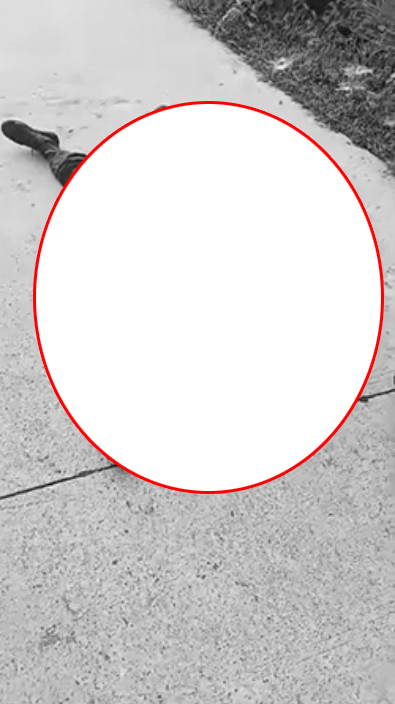

Let’s look at an example of how this works.
Inventor Story: Bud Fraze
Bud Fraze was an aerospace engineer who designed action toys on the side. When a mother of a year-and-a-half old blind child found out he designed toys, she wouldn’t leave him alone. She was unhappy with current blind balls that would bounce and roll away. She said her son needed a ball that wouldn’t roll away, was easy to grab and wouldn’t hurt anyone. The mother kept on calling him until he finally decided to make the ball.
Combining some things he knew about weather balloons and sailing, Fraze created the Rib-It Ball, a soft, lightweight ball that makes noise so children can find it and with ribs that make it easy to grab, but that keep it from rolling very far. He set up production with a Chinese manufacturer and got the first shipment, which to his amazement sold out in just a few days.
Soon Fraze was getting orders from therapists working not only with the blind, but also with cerebral palsy, plus he got an order for $40,000 worth of balls from a catalog of special products for the blind.
His next big break was getting a call from the Helen Keller Center for the Blind. They loved the ball, but they said it needed different coloring. Many children are visually impaired, but can still make out highly contrasting colors, so he started making balls with red, white and black contrasting designs.
Since then, special-needs teachers and therapists have been suggesting ideas to him, some of which he designed and refined. These ideas became a growing line of special needs toys carried by PlayAbility Toys, the company Fraze founded.
Teachers are ecstatic about Fraze’s toys and that finally someone is listening to them and creating the toys they need. But it is Fraze who feels like he is really getting the help. He is using their years of experience and research to create great products that really sell. All of these teachers and parents were a great untapped resource of ideas and Fraze is developing these ideas into products and building a successful business out of it. Everyone is happy with this great win-win situation.
How to Tap into Your Customers’ Knowledge
There are lots of ways to get connected with your customers. The internet has made it extremely easy to connect with different interest groups either on websites, forums or social media sites. Also trade shows or conferences can be invaluable for connecting with customers and other industry experts. But not all markets have groups of customers are willing to go out of their way to help you. Of course you can organize focus groups in any market, but only in certain markets you will get the kind of expert help that Fraze got.
The markets that will help you the most are markets with few products, meaning they are generally overlooked, but with lots of expertise. For instance, Fraze’s market had some products, but people were unhappy with them and always looking and hoping for something better. Also those people had lots of experience and much research has been done in their field. So Fraze’s customers could tell him exactly what they needed and he used his engineering background to make it for them. Of course, you don’t need an engineering background to serve markets like these. You can learn what your market wants and hire someone to design the product for you or try to do it yourself.
These overlooked markets are everywhere. They are generally pretty small and so for big corporations it often doesn’t make sense to enter these markets. But if you set up a smaller operation, like Fraze did, these markets can be very profitable.
Once you have found your market, start talking to people in that market about the problems they have or what is wrong with the products currently sold. If you tell them you are looking to develop a product for their market, they will probably tell you what you’d like to know. Then use their input to start developing the product.
Once you have a prototype, show it to them and ask for more input. The more input you get the better. You don’t need to follow all their advice, but listen and see what you do to meet their needs.
The great thing about getting input from people in the market is that when you develop the product according to their specifications, they are ready-to-go customers. For instance, when the Helen Keller Center told Fraze to make balls with contrasting colors, he did. Then we he let them know the balls were ready, how could they not buy?
Once you develop one good product for that market, keep on talking to people in the market. Use their expertise and listen to their problems and you may be able to develop one product after another, creating a great business. It may even go beyond just creating a great business. In Fraze’s case, he is genuinely helping children with vision impairment. In situations like this, everybody wins.

Leave a Reply